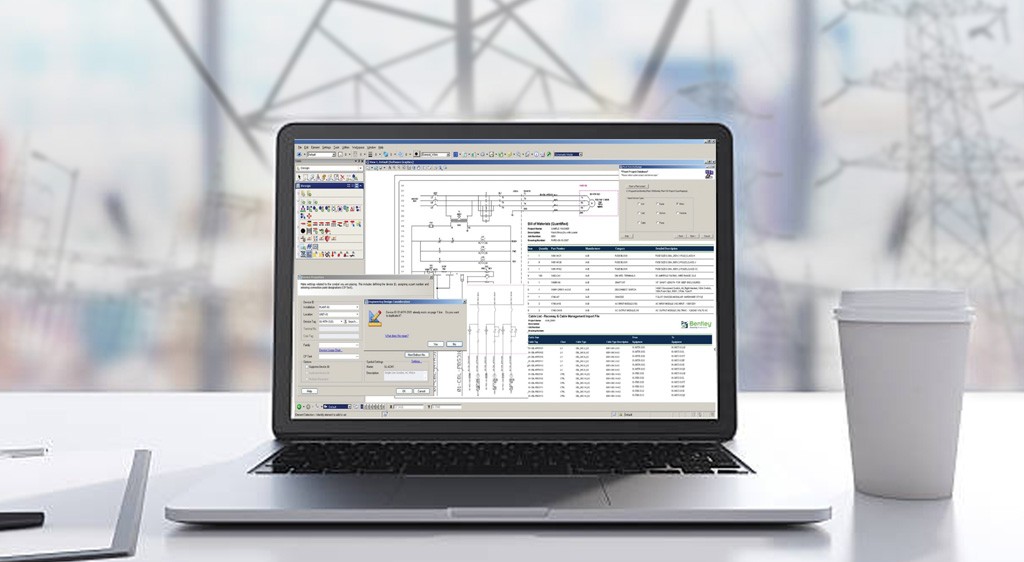Electrical CAD: The new ‘it’ of Indian EE industry
By EPR Magazine Editorial August 10, 2018 5:05 pm IST
By EPR Magazine Editorial August 10, 2018 5:05 pm IST

Ralph D’Souza, Senior Regional Manager, Bentley Systems, on how electrical CAD is automating tedious tasks while maintaining standards and consistency across projects, saving valuable engineering man-hours.
Generic/traditional CAD applications have been used in the electrical industry for a long time now for creating drawings, schematics, SLDs, layouts, etc. However, these applications lack specific design aids or productivity tools for electrical engineering and electrical system design projects; be it industrial machine controls, plant design, mining equipment control, rail signaling, switchgear and substation design, water treatment and distribution system controls.
Bentley’s CAD: A data driven approach to improve productivity
Electrical design software automate tedious tasks found in traditional CAD-centric design and reduce errors while maintaining standards and consistency across projects. Bentley’s Promis.e, for example, provides a data centric approach to design with an intelligent model that cross-references schematics, 2D layouts, 3D equipment models, and reports. It also promotes standards and consistency with a central database of symbols, parts, and templates. This ensures that project teams can collaborate across geographies with a central database to synch the work of multiple users. With this data driven approach, the deliverables such as reports, bills of material, wire length reports, cable lists etc. are an automatic output; thereby, reducing errors and improving accuracy. Any updates to the design can be easily captured and the reports can be updated without the need for manual intervention. This in turn saves precious engineering man-hours and thus, improving productivity.
Promis.e
Bentley substationBentley Raceway and Cable Management (BRCM)
Another electrical design productivity tool from the Bentley portfolio is Bentley Raceway and Cable Management (BRCM), which includes design of both raceways and cable systems. BRCM supports early project planning and space and material estimates using a conceptual design mode as well as detailed design with accurate 3D layouts of raceways, duct banks, and cable trenches. BRCM uses an intelligent 3D model to spot clashes, ensure spacing, and get accurate material take offs. By using automatic or manual routing to find the best path through raceways, applying different segregation criteria and routing methods, cable fill and weight calculations to ensure code limits and constraints as well as providing flexibility to choose from single-layer, multi-layer, triangular, or user-defined laying methods, BRCM is a one stop solution for all communication, control, and power cabling needs.
We use cookies to personalize your experience. By continuing to visit this website you agree to our Terms & Conditions, Privacy Policy and Cookie Policy.